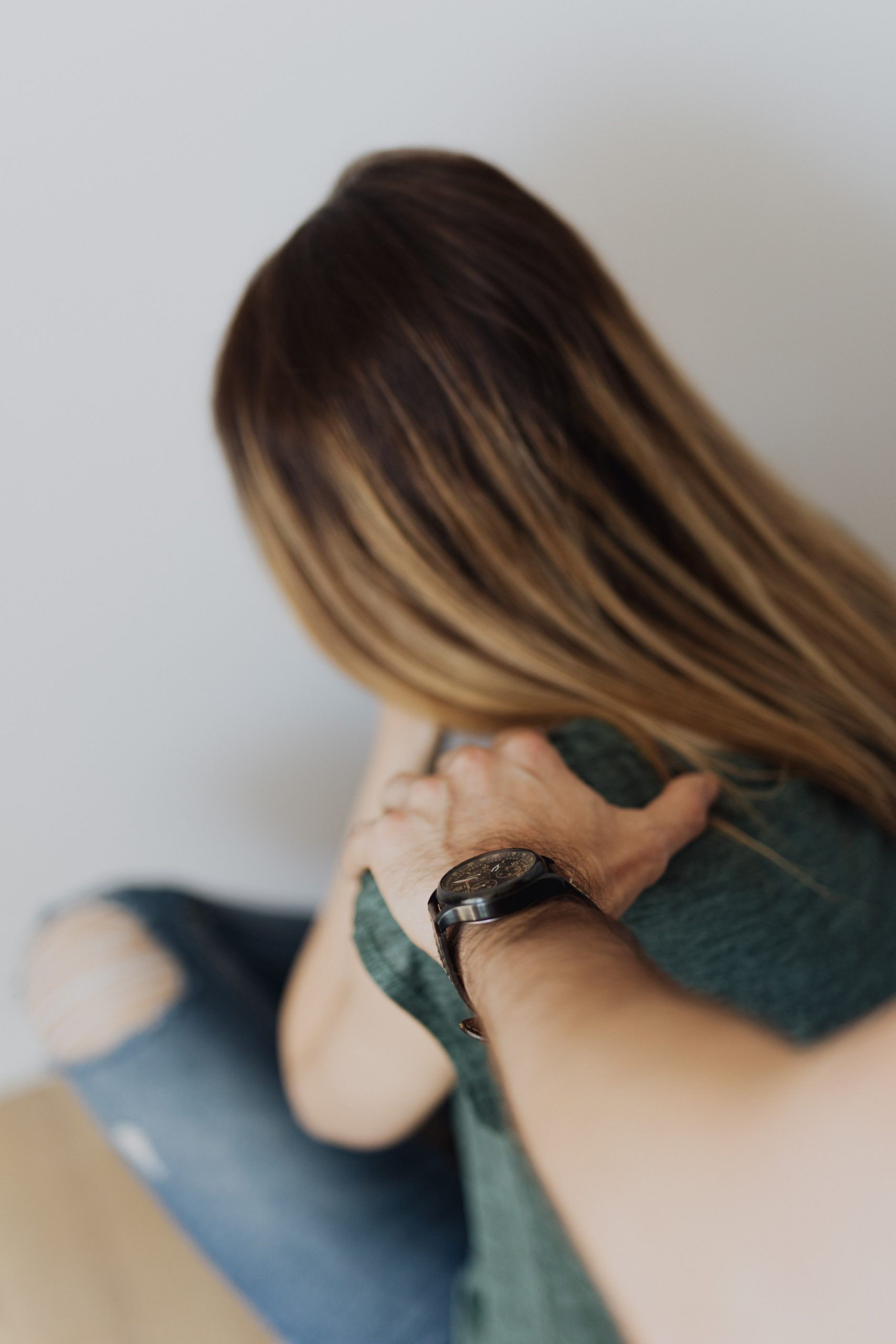It’s one week after International Women’s Day and here we are debating, again, how it is that women’s safety is their own problem. Yet another woman has died at the hands of a man for having the temerity to think she could do what many men take for granted: to walk home alone in the evening. Yet, of course, its social reality is never as simple as it seems. There are spaces and places that many men wouldn’t venture on their own too, but for women nowhere is safe: not the home, not the street not the workplace. This is what Betsy Stanko (1997) called managing risk as a ‘technology of the soul’. Women know who makes them feel uncomfortable where and when. Lest we lose sight of it, this is more often than not men known to them either as intimates or acquaintances but can and does include strangers too.
Over the last fifty years, gender equality has arguably improved in many areas, but women’s safety and violence perpetrated against them primarily by men is not one of them. Women remain responsible for keeping themselves safe and are responsibilised when this fails. How to change this part of the gender equality conversation remains stubbornly hitched to the criminal justice process. Even now, March 2021, commentators are already suggesting that once the Domestic Abuse Bill is through parliament, with the proposed addition of enacting misogyny as a hate crime, things will improve for women. However, claims related to the apparent possibilities of criminal justice interventions have been made for the last forty years, yet the number of women killed each year by a partner or ex-partner remain stubbornly and tragically persistent. The number of incidents of domestic abuse recorded year on year continue to increase and the rate at which rape and sexual assault results in successful prosecution continue to be astonishingly low. More recently, it has been identified that the time lag between a report to the police being taken up and it subsequently being heard at court is painfully slow, as this short piece by the Secret Barrister provides a flavour of.
However, what has never happened in England and Wales is a serious whole systems examination of what a co-ordinated, integrated and fully funded system response to violence against women might look like. As Sandra Walklate and colleagues argued some time ago, isn’t it about time we stopped tinkering with the criminal justice system and spent some time thinking about what a Royal Commission into Violence Against Women might tell us about what really needs to be done? Is the time ripe now for such a process? There may be popular support for thinking differently, the question of whether or not there is the political will remains moot. In the meantime, the pressure continues to be on women to ‘keep the lady safe’.
If you have any experiences you want to share with us about whether or not Clare’s Law enabled you to keep safe, please share them with us by either completing this short survey or contact Charlotte Barlow on c.barlow@lancaster.ac.uk if you are interested in being interviewed about your experiences.

